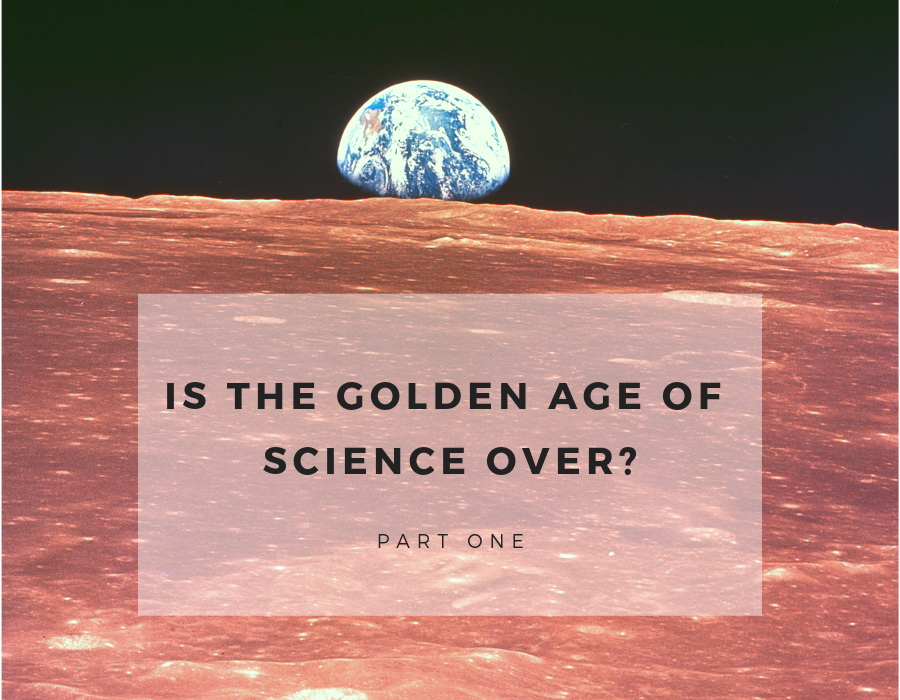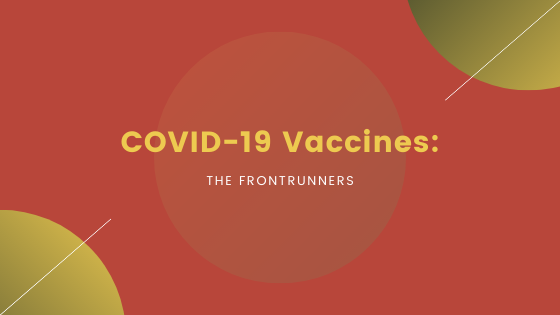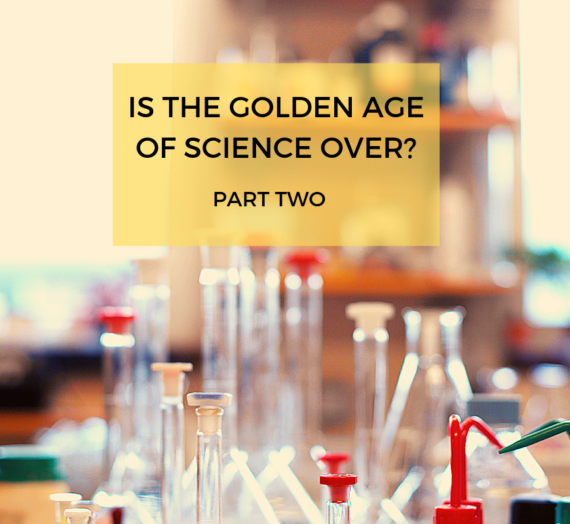In the first of two guest posts, Mariam from Crystals and Catalysts ponders why as a society, we appear to be losing a sense of love and respect towards science, even though we now have capabilities and technologies that we didn’t have previously. Have we fallen out of love with science?
The history of science has presented to us many great and significant discoveries that have built the foundations of modern science. The accidental discovery of penicillin was the beginning of the discovery of antibiotics and the discovery of vaccines gave us eternal protection from life-threatening diseases. Similarly, the first landing on the moon was part of the Space Race between the US and the USSR which led us to understand not only the planet we’re living on, but also the universe around us and kickstarted innovation in space technology; all of which had previously seemed impossible.
During the Cold War and specifically after WW2, the world watched the Space Race pan out between the United States and the Soviet Union, fascinated by every success story, from the first man in space (USSR 1961), to the first man on the moon (USA 1969). Space exploration and competition left everyone inspired by the power of scientific innovation up until the early 1990s to the extent that Disney Pixar Animations named Buzz Lightyear in homage to Edwin Eugene ‘Buzz’ Aldrin – the second man to walk on the moon.

“The great conceptions, the fundamental mechanisms, and the basic laws are now known. For all time to come, these have been discovered, here and now, in our own lifetime. They can never be discovered again unless man loses his scientific heritage; and even so, they cannot be discovered again for the first time. They can only be re-exhumed, refined, or modified.”
So, our job is to focus on building upon previous scientific discoveries because they cannot be replicated and more importantly, research doesn’t stop at one great discovery, we continually accumulate knowledge and adapt it to present day (i.e. what was relevant 50 years ago won’t be relevant today).

Even though both scientists and science communicators continue to fight daily against false scientific information online, there’s still a socioeconomic divide which leads to underserved audiences. There’s also a knowledge gap between the privileged and the less privileged as it has been proven that quality scientific information is “more likely to reach more educated and higher-income audiences” than those from lower educational and/or economic backgrounds. This inequality in science communication continues to drive people from less-fortunate backgrounds from engaging with science – be it online or via museums, books or other mediums of science communication.
Come back next week to read the rest of Mariam’s investigation! In Part Two, Mariam looks at the role of scientific institutions in the public appreciation for science.
 Mariam is a master’s graduate in science, technology and society and her research focused on the use of specific terminology in science blogs that discuss vaccination and anti-vaccination. She is also the author of Crystals and Catalysts, a science blog that aims to communicate science in simple terms (which also features some posts in the Arabic language). You can follow her on Facebook, Instagram and Twitter
Mariam is a master’s graduate in science, technology and society and her research focused on the use of specific terminology in science blogs that discuss vaccination and anti-vaccination. She is also the author of Crystals and Catalysts, a science blog that aims to communicate science in simple terms (which also features some posts in the Arabic language). You can follow her on Facebook, Instagram and Twitter




